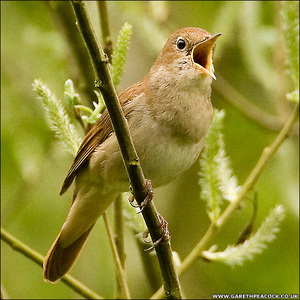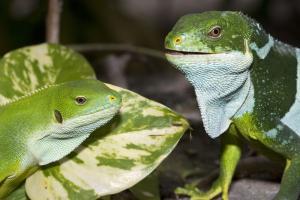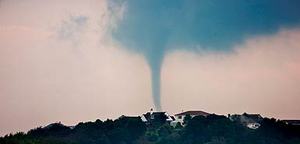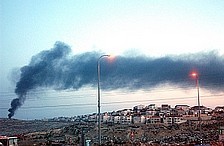Walnut trees respond to stress by producing significant amounts of a chemical form of aspirin, scientists have discovered.

|
| ©Carlye Calvin, UCAR
|
| NCAR researcher Alex Guenther studies a chemical form of aspirin produced by walnut trees in California.
|
The finding, by scientists at the National Center for Atmospheric Research (NCAR) in Boulder, Colo., opens up new avenues of research into the behavior of plants and their impacts on air quality, and also has the potential to give farmers an early warning signal about crops that are failing.
"Unlike humans, who are advised to take aspirin as a fever suppressant, plants have the ability to produce their own mix of aspirin-like chemicals, triggering the formation of proteins that boost their biochemical defenses and reduce injury," says NCAR scientist Thomas Karl, who led the study. "Our measurements show that significant amounts of the chemical can be detected in the atmosphere as plants respond to drought, unseasonable temperatures, or other stresses."
For years, scientists have known that plants in a laboratory may produce methyl salicylate, which is a chemical form of acetylsalicylic acid, or aspirin. But researchers had never before detected methyl salicylate in an ecosystem or verified that plants emit the chemical in significant quantities into the atmosphere.





